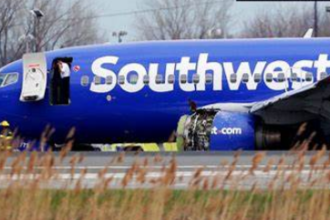The latest developments on the Korean peninsula have sparked a flurry of concern as North Korea denounces the US for sending military aircraft over the region. But is this just a familiar case of saber-rattling or a genuine warning sign that should be taken seriously?
According to a state media KCNA report, North Korea has slammed the United States for sending military aircraft over the Korean peninsula several times this month, as well as the US, Japan, and South Korea for holding an air military exercise. North Korea also criticized the joint Nuclear Consultative Group between the US and South Korea that seeks to manage North Korea’s nuclear threat.
The Korean peninsula has long been a hotbed of tension, with North Korea’s aggressive posturing and the US’s tough stance creating a volatile mix. The recent joint air military exercise held by the US, Japan, and South Korea was always likely to raise eyebrows in Pyongyang, and the subsequent condemnation from North Korea was predictable, if not inevitable.
The US has defended its actions as a necessary measure to protect its allies and maintain regional stability. But North Korea sees it as a blatant provocation, a clear threat to its sovereignty and security.
However, North Korea’s foreign ministry, in a press release on January 17 under the title “We will defer the hostile military provocative attitude and control the unstable regional situation with fuller exercise of our right to self-defense,” vows to “strongly curb any military provocations” by exercising its right to self-defense.
So what’s behind North Korea’s furious response? Is it a desperate cry for attention, an attempt to distract from its own internal struggles and economic woes? Or is it a genuine show of strength, a warning to the US and its allies that it will not be intimidated or pushed around?















